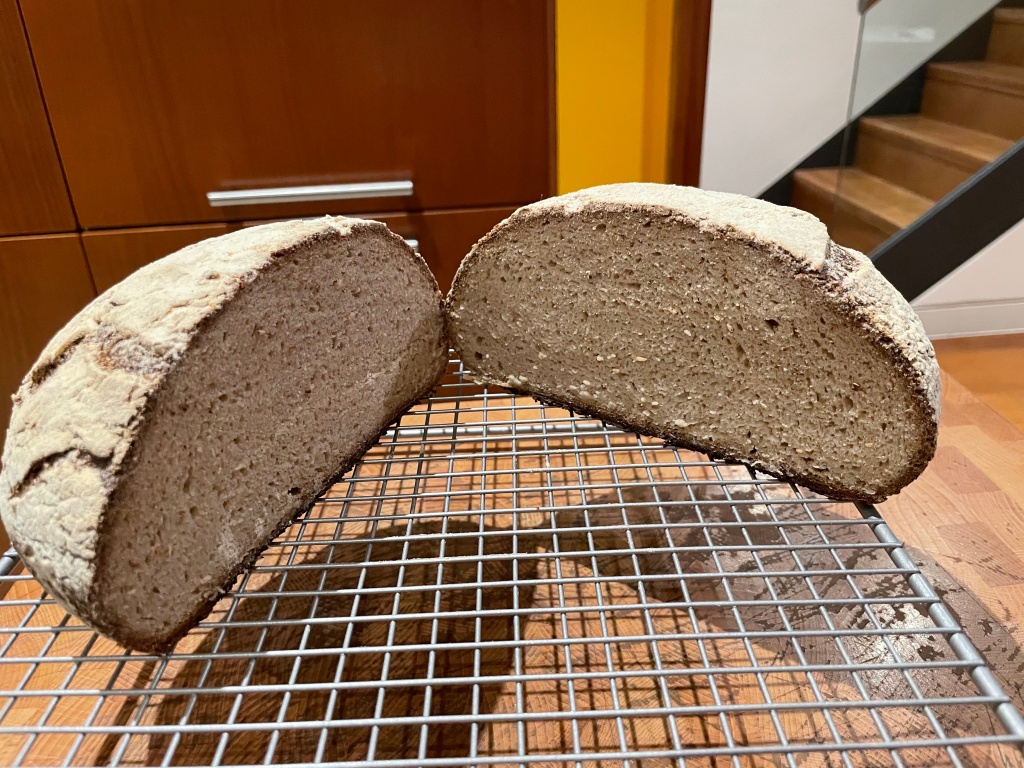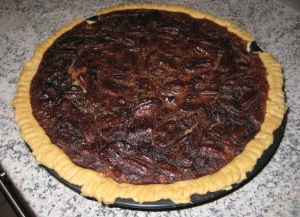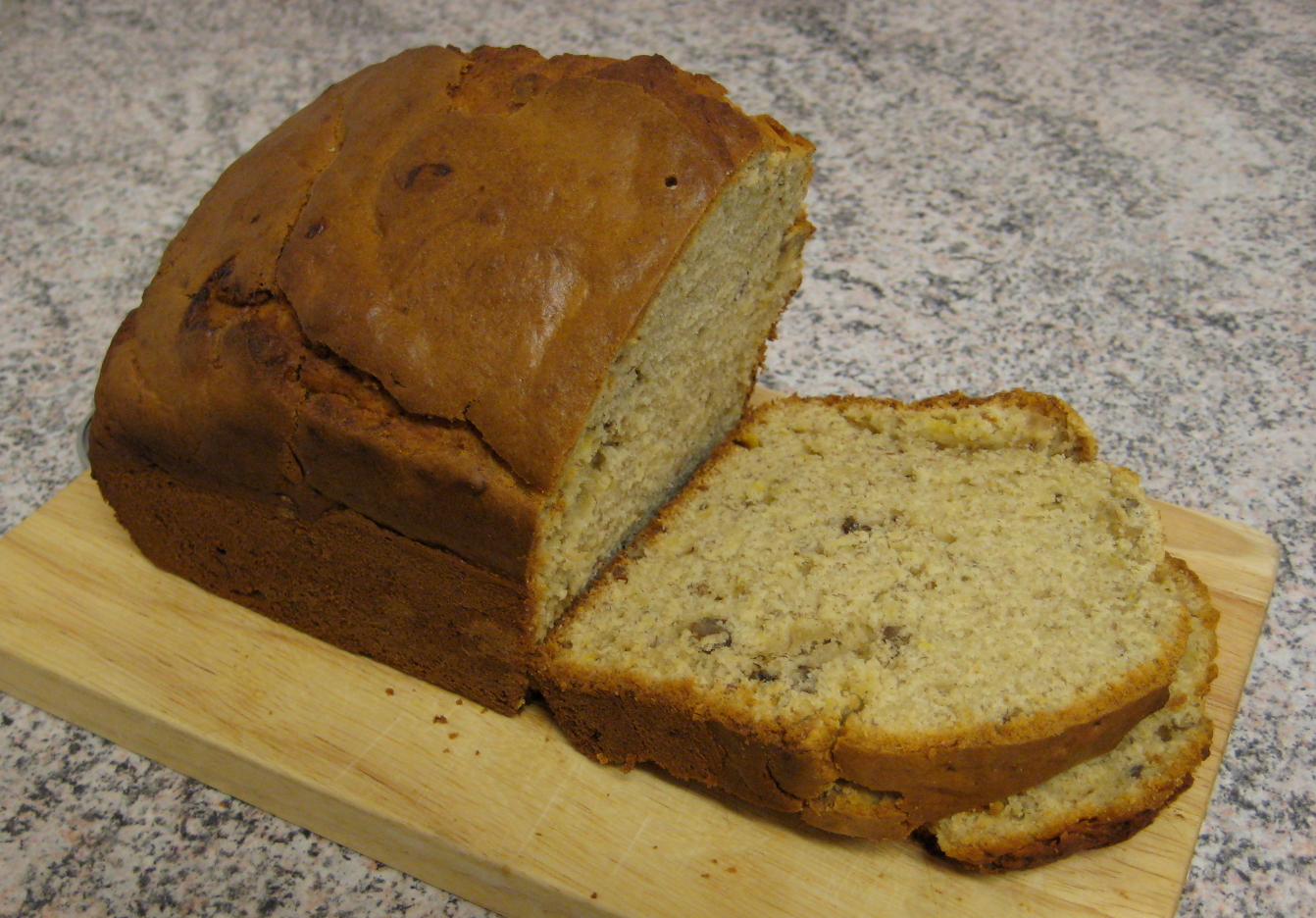My project for Lockdown 3.0 was to master gluten free sourdough. I had been making sourdough since the first lockdown but my husband had never been able to enjoy it because he has a gluten intolerance. I thought it would be a fun challenge to make a gluten free version, but also thought why not give it a try!
Although many of the principles and processes for GF sourdough are the same as for traditional sourdough (see How to Sourdough for details on equipment and starter maintenance) there are a few key points that differ:
- The flours used need to be gluten free and you’ll need more different kinds – I use white rice, teff, quinoa, sorghum and tapioca + psyllium husk
- No need to pull and fold – just wait!
- No gluten means everything is so much easier to clean up!
Starter
As with a gluten-based sourdough, you’ll need a starter. This part takes a few days (possibly up to a week depending on the flours you use and the temperature you keep your starter at). I used this Guardian article and the freee Guide to Gluten Free Sourdough Making as resources and settled on a mix of three flours:
10g white rice flour
10g teff flour
10g quinoa flour
30g water – I use tap water that has been boiled and cooled
Mix in a glass (or plastic) jar and put in a warm place. As per the Guardian article, repeat the feeding and discarding daily until you start to see bubbles. After baking, I keep the leftover starter in the fridge until I want to bake again – taking it out the morning of the day before I want to bake, feeding it once and then giving it a big feeding at 5:30pm. It’s important to make sure you have enough starter to make the pre-ferment as well as have some leftover so you don’t have to start from scratch every week. I target around 200g of starter before baking.
Bread
I follow the recipe from the Guardian or the original on georgeats.com (which also has loads of resources and information on it) but I increase the quantities by 50% to get a bigger loaf.










